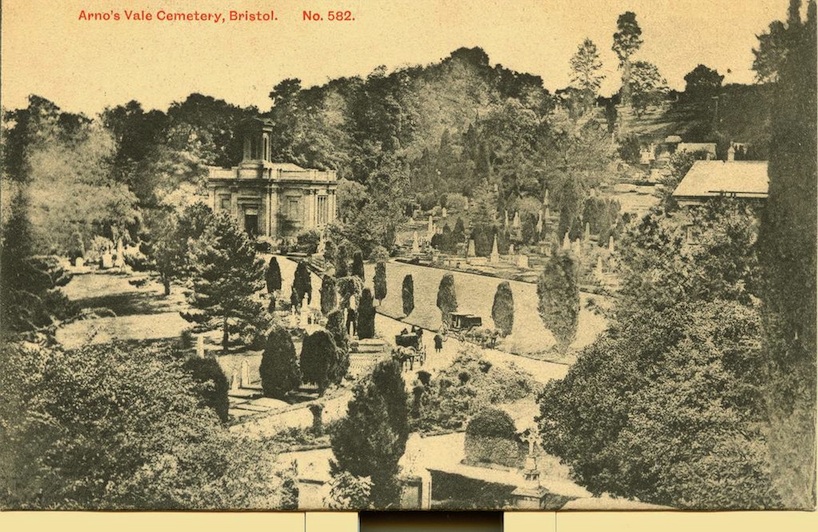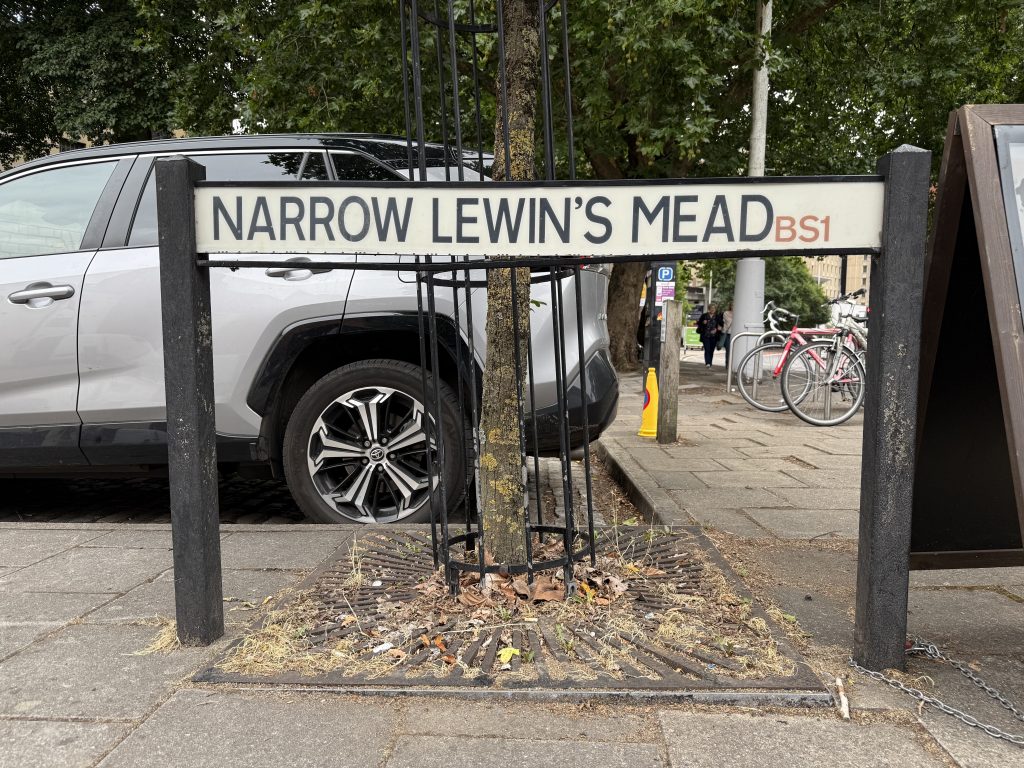Features / Bristol
Who were Arno and his vale and Stoke and his croft?
Arno had his vale, Badock his wood and Stoke his croft. Or did they?
Arno’s Vale

Arno’s Vale Cemetery opened in 1871 – photo: Bristol Archives
Arnos Vale Cemetery was established in 1837, with an Italian innkeeper by the name of Peter Arno once running a pub on Bath Road on the site of the current cemetery. But alas, it’s unlikely that he is the Arno that the vale is named after. A more likely explanation is that Arno alludes to the river Arno in Tuscany and is meant to be reminiscent of the Arcadian idyll.
is needed now More than ever
Badock’s Wood

Badocks Wood is written like that on this sign but the Friends of Badock’s Wood disagree – photo: Martin Booth
Dr Sir Stanley Hugh Badock (1867-1945) was an industrialist, sheriff of Bristol, founder and chairman of the Bristol Civic League of Social Service and pro-chancellor of Bristol University. In 1937, he gifted 15 acres and playing fields and woodland to Bristol Corporation in perpetuity and henceforth Badock’s Wood came into existence. Friends of Badock’s Wood still remember the origins of the land in Henleaze but Bristol City Council signage does not have the apostrophe.
Lewin’s Mead

Narrow Lewin’s Mead still has an apostrophe unlike Lewins Meads – photo: Martin Booth
Lewins Meads is thought to be named after Leofwyn, youngest brother of Sweyn, earl of Bristol in 1049. In some deeds of the 14th century it is named Lowan’s Mead.
Stoke’s Croft

Stokes Croft was once the croft of Stoke -photo: Martin Booth
Next time you pop into Slix or Rita’s for some after-hours sustenance, spare a thought for John Stoke, who was mayor of Bristol in 1364, 1366 and 1379 and owned land here. The ancient route into Bristol is likely to have originally been a track between fields some 1000 years ago and was called Berewyke’s Croft before becoming Stoke’s Croft.
Tyndall’s Park

A statue to barrister Onesiphorus Tyndall-Bruce still stands in Falkirk in Scotland – photo: Historic Falkirk
The Tyndall family were merchants and slave traders who opened Bristol’s first bank in 1750. Onesiphorous Tyndall (1790-1855) was a barrister who married Scottish heiress Margaret Stuart Hamilton Bruce, changing his name to Tyndall-Bruce and becoming laird of Falkland where there is a statue and monument in his memory. Tyndall’s Park at the top of Park Street includes land once known as Fukkyngroue, but that is a different story.
Main photo: Martin Booth
Read next:
 Our newsletters emailed directly to you
Our newsletters emailed directly to you




















